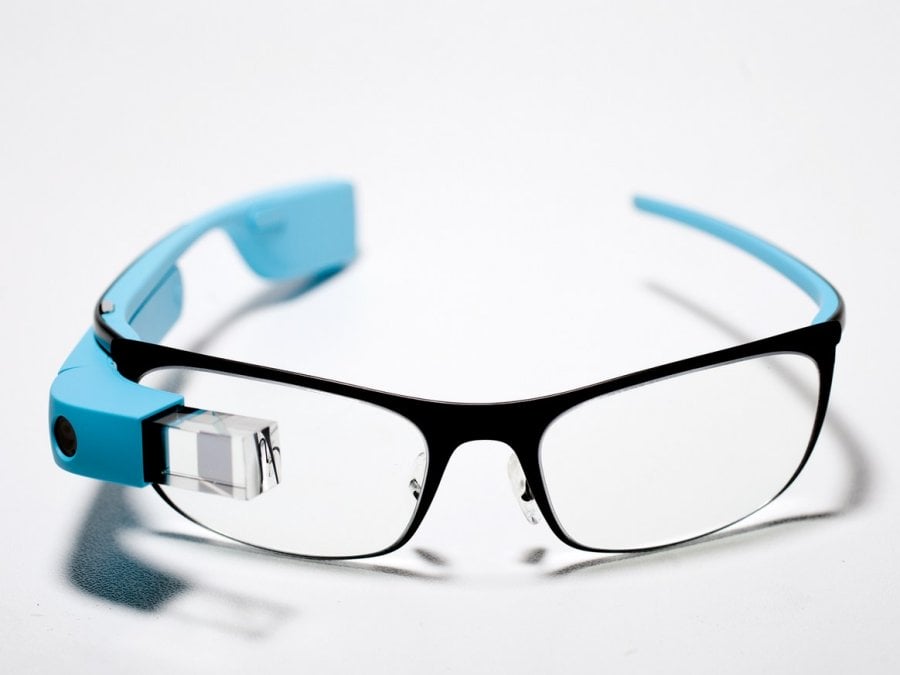The politics of design can be seen when Google Glass quickly became hyperpolitical due to people’s fears of losing privacy.

Google Glass
In 2015 Google made the Google Glass public for anyone to buy. A former boss of mine bought the Google Glass to try it out. He also let me use it for a few days. Google Glass looks like a modern frame for a pair of glasses that had a camera attached to the frame. It also had a screen on a tiny square glass on the right side. Google claimed that this new technology will revolutionize how we interact with computers.
After smartphones had become so ubiquitous, Google wanted to transcend the handheld device and create a wearable device. It had the ability to answer calls, take photos, take videos, and a few other things. It also had to be tethered to an Android phone. Glass was ultimately very limited for supposedly having all of these amazing technologies.
Privacy Concerns
Adoption of this device had several implications, primarily issues with privacy, for the user and the pedestrian. The Google Glass required you to wear them like a pair of glasses. The wearing of them immediately brought up issues of users’ privacy. People were concerned that Google could know every step you take and see everything you look at. The fear of a huge corporation having an unprecedented amount of access to your life created real fears in people. Many didn’t know where to look other than to the government. The politics of design was suddenly at the forefront of many of these people’s minds.
Some talked about how with a phone you can easily leave it in your car, at home, etc. But the idea of wearing technology on your body left many people the impression that technology must always remain with you. There were concerns that there was no privacy when using the technology. People had to talk loudly to be heard in public. You had to very visible tap the lens to take a photo. And your eyes could be seen by other people while you were focused on looking at content in the glass. The vast majority of people said they would never want to wear a device such as Google Glass.
Early Adopters
Despite those concerns, there were a lot of people, like my boss for example, who were excited about the new technology and were eager to try it out. Many saw wearable technology as an eventuality and wanted to be the early adopters. Once people started acquiring the Google Glass and wearing them around, there was intrigue at first. Strangers and friends would ask about them, some even asked to try it for themselves. Initially, it was perceived as a curious and exciting piece of technology.
Over a short period of time, as people became more familiar with its capabilities, people started to become very concerned. They were concerned about their privacy. This is Because they had no idea if someone was taking a photo or a video of them at any given time. Intrigue turned into outright rejection of the technology. Restaurant and business owners asked people wearing them inside to take them off. On some occasions, when people wear them inside, customers complained about their lack of privacy. Then came a collective insult for all the people who wore them around, “glassholes”. The public started shaming the wearers of Google Glass and quickly after the device disappeared into technology history.
Public Rejection Of The Technology
The technology may have been innovative and useful but the social rejection of the wears of the Google Glass became a rejection not of the users, but of technology itself. When Google designed Glass, there appeared to be a complete lack of understanding of people’s fear of losing privacy in public spaces. There was nothing built into the device itself to allow pedestrians to feel safe around a user of them.
Interaction designers frequently only consider the needs of the user. They often forget to consider the impact of their technology to people in proximity of the user. This is one of the key aspects of the politics of design. Interaction designers must constantly challenge themselves when creating new technologies by considering the user’s needs and the needs of people in close proximity to the user. Because of Google’s failure to adequately address this, society let Google know they hated the technology by alienating its users which led to people no longer using it in public.
Legislators Didn’t Have To Act
If that had not happened so effectively, there may have been laws passed to ban them or require them to alter the technology in such a way that bystanders would when a photo is taken or perhaps making Google disable the camera feature altogether. When I wore the Google Glass I enjoy them and found them fun to use but I also felt extremely self-conscious, not of how I looked but how people around me felt about me using them near them. After a couple of days, I decided to never wear them again. My former boss ended up selling them on eBay as he did not want to feel like an outcast in public either. In our case, the politics of design was too heated with little reward to continue using them.